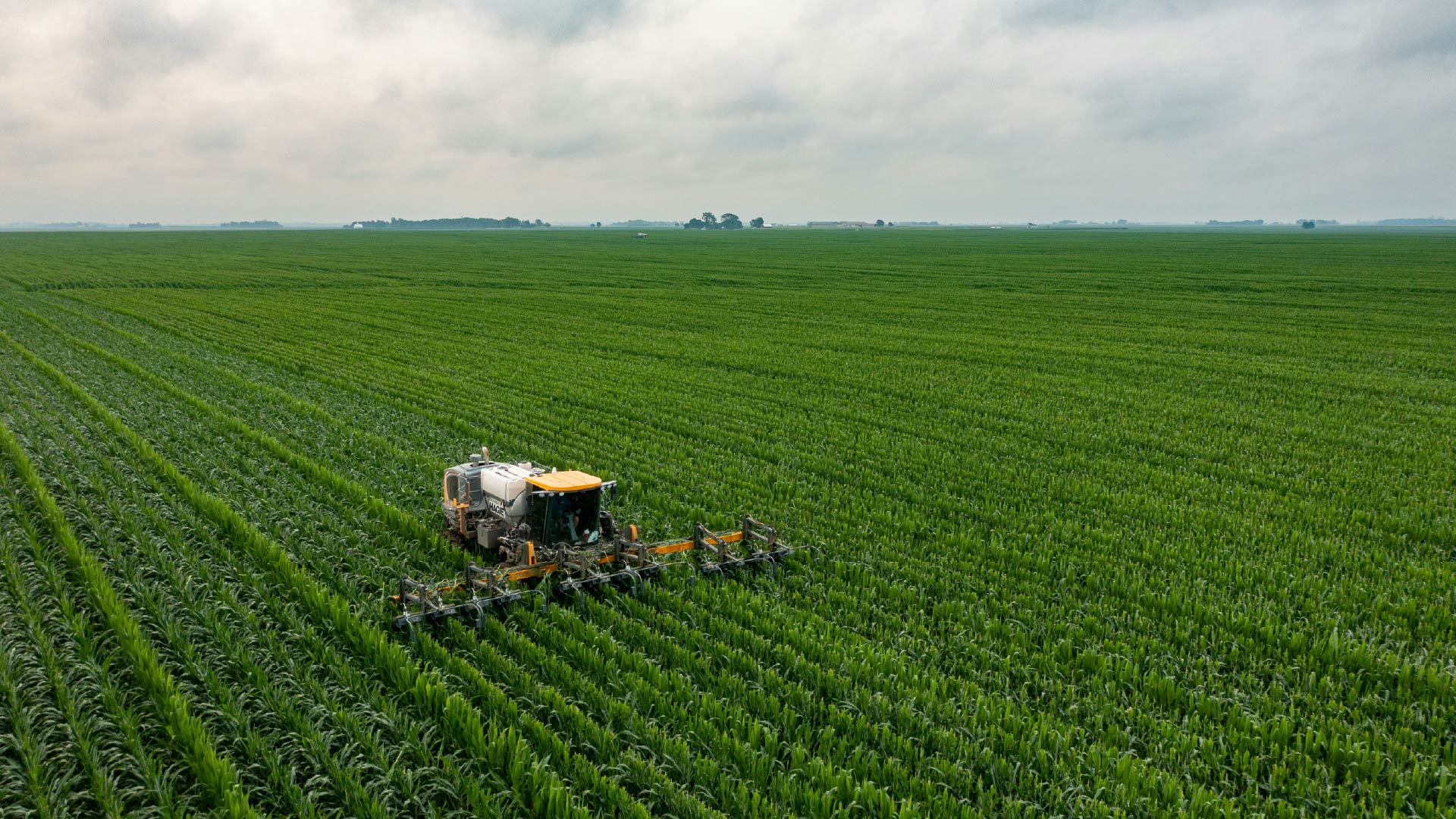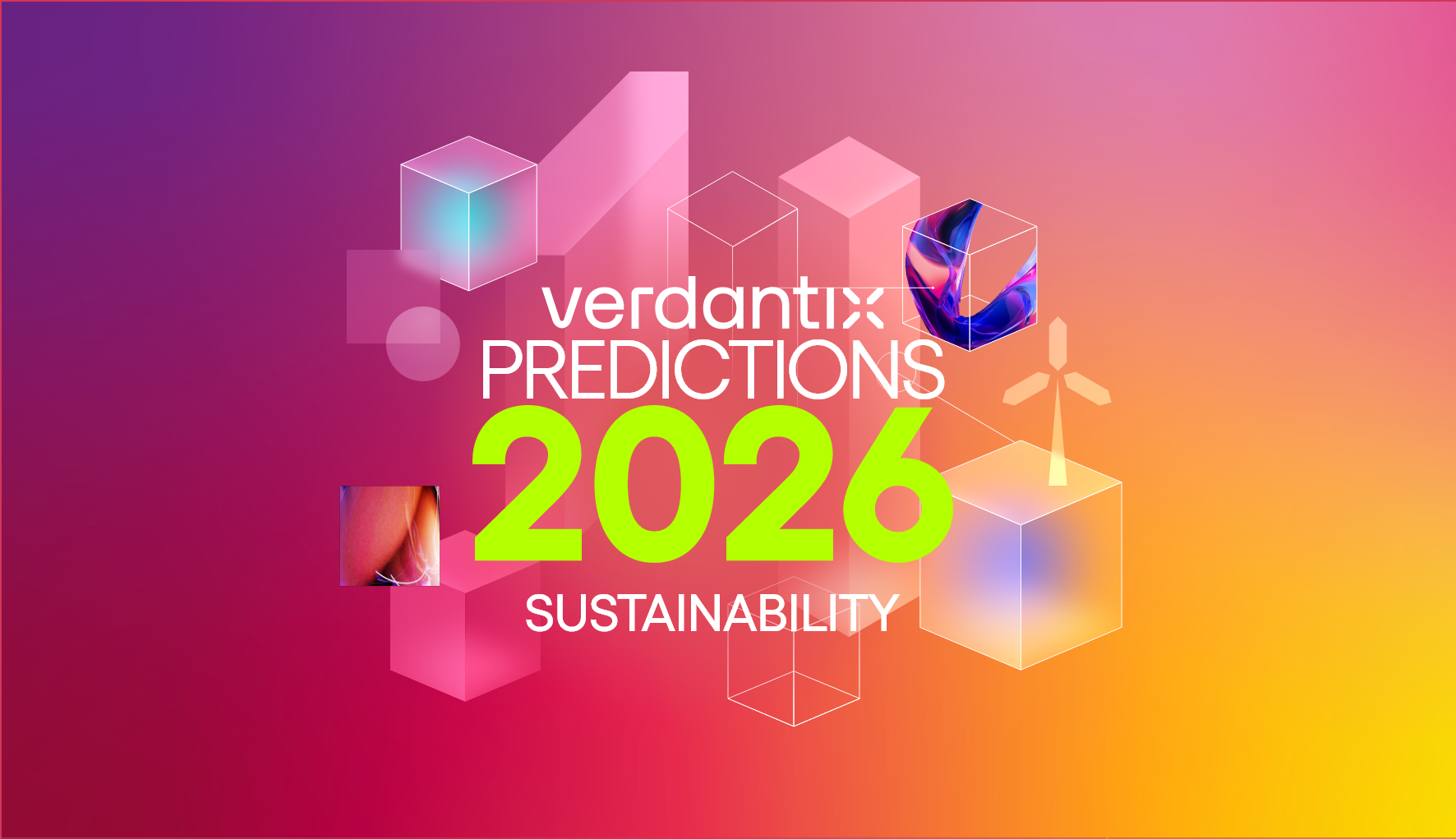10 Predictions For ESG And Sustainability In 2025
10 Jan, 2025
The ESG and sustainability market in 2024 reads like a Dickensian tale of two halves. On one side, there was notable progress, driven by the finalization of long-anticipated regulations alongside increased corporate commitments in emerging areas such as nature. On the other, 2024 was also marked by political and regulatory uncertainty, delays and dilution. Looking ahead to 2025, we predict that:
- CSRD filers in the first wave will face intense scrutiny for their inaugural reports.
2025 will expose inconsistencies in double materiality assessments (DMAs), with varying methods potentially leading to under- or over-reporting of material impacts, risks and opportunities (IROs) in CSRD disclosures, diminishing their value to stakeholders.
- Organizations will require their sustainability committees to align DMAs with established risk management practices.
The European Financial Reporting Advisory Group (EFRAG) recommends aligning DMAs with existing enterprise risk frameworks. To facilitate this, firms will assign governance to a cross-functional sustainability committee.
- At least 10 well-known brands will retract or soften green product claims.
With regulators cracking down on greenwashing, many will retract or soften green claims to avoid compliance and reputational risks – but we don’t expect a slowdown of new green targets.
- ESG reporting and data management software firms will help executives fill CSRD and TNFD biodiversity data gaps.
Despite pressure from stakeholders to disclose biodiversity data, firms remain largely unprepared. As a result, major ESG reporting providers will step in by enhancing their offerings with new functionality and data sets, achieved through partnerships or acquisitions.
- Lines between product and supply chain sustainability will continue to blur, with at least five major vendors making acquisitions.
An uptick in product sustainability regulations will require organizations to leverage both supply chain and product sustainability software. This shift provides an opportunity for vendors in both markets to consolidate capabilities to support a variety of use cases spanning product stewardship, sustainable procurement and trade compliance activities.
- As pressure mounts to uphold and protect human rights, at least three ESG and sustainability consulting providers will launch well-defined offerings that include due diligence.
In 2025, a wave of new regulations will require firms to conduct human rights due diligence, which involves contending with limited supply chain visibility and complex data challenges. Packaged offerings from consulting providers will provide the shortest time to value.
- To meet CSRD-driven demand, ESG assurance providers are expected to make at least six acquisitions in 2025 to address talent and skills shortages.
Increased pressure on the ESG assurance market, as well as the growing demand for specialist skills, will spur an increase in the number of strategic acquisitions to meet client needs and address complex, sector-specific assurance requirements.
- CSOs will need to demonstrate how their use of AI not only meets governance requirements, but also satisfies ESG objectives.
CSOs looking to leverage AI for sustainability will feel the pressure to actively mitigate AI-related risks and to ensure that AI applications don’t hinder their firm’s sustainability progress – whether that’s in terms of energy and water use, or ethical and social factors.
- Third-party supplier ESG performance verification will grow by 20%, as firms demand accountability.
2024 saw an uptick in sustainable supply chain finance (SCF) programmes. To ensure these programmes are effective, many organizations will rely on SCF verification services. In 2025, Verdantix anticipates high growth in solutions that verify suppliers’ sustainability metrics to ensure continued access to finance.
- Private financing for nature-based solutions will increase by 25%.
In 2025, private financing (as opposed to public funding) of nature-based solutions is expected to grow through blended finance instruments, biodiversity credits and green bonds, as firms look to reduce their environmental impact and become nature positive.
To read these predictions in more detail, please check out the Market Insight: 10 Predictions For ESG And Sustainability In 2025 And Beyond report on the Verdantix research portal, or register for our January 16 webinar here.
Discover more Corporate Sustainability Leaders content
See More
About The Author

Lily Turnbull
Senior Analyst

Luke Gowland
Senior Analyst





